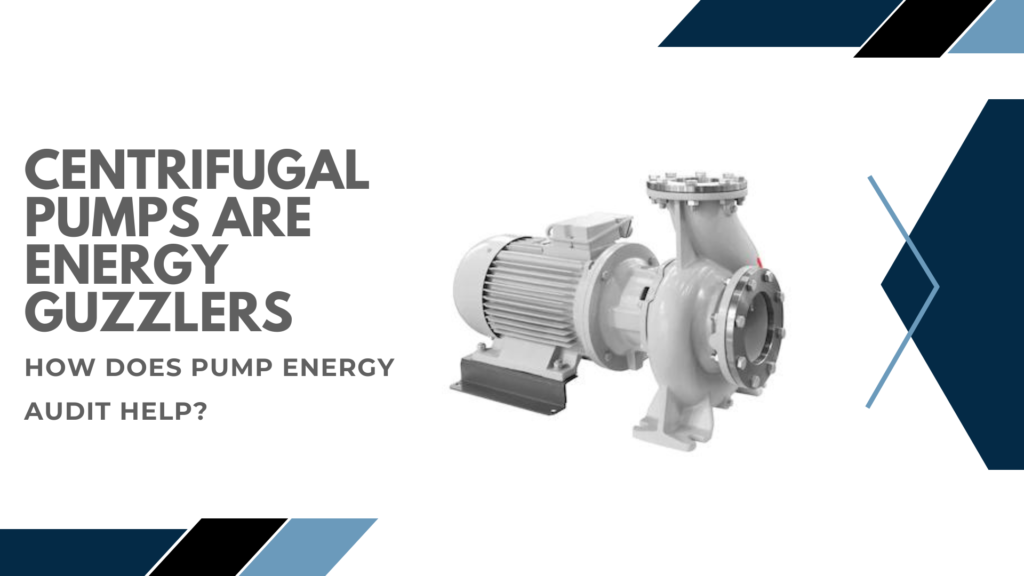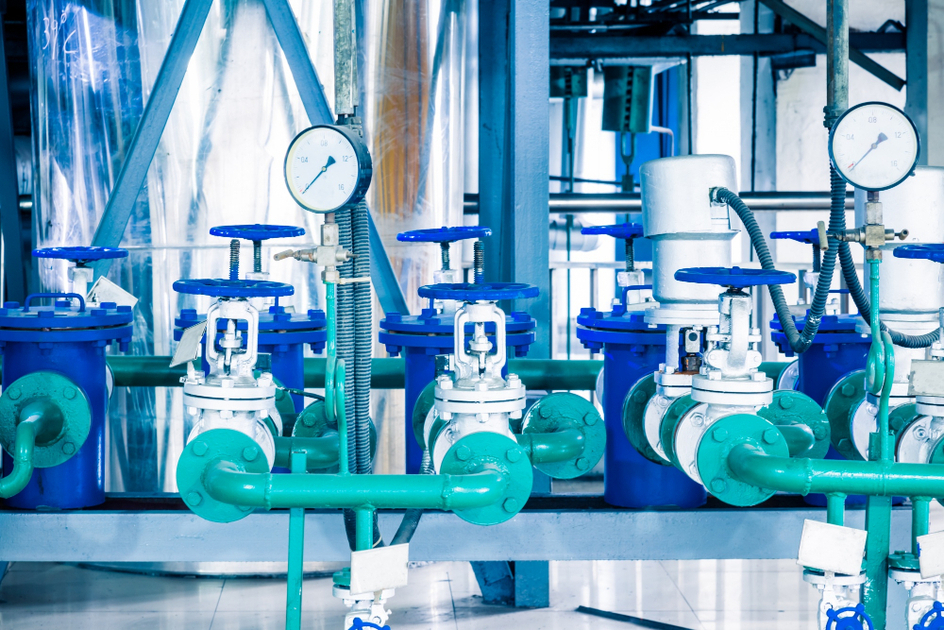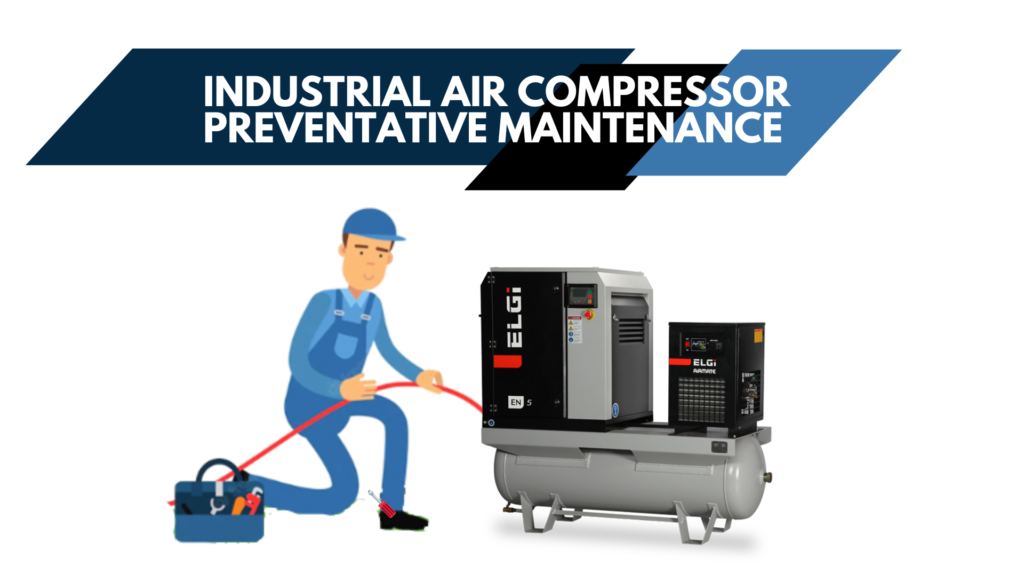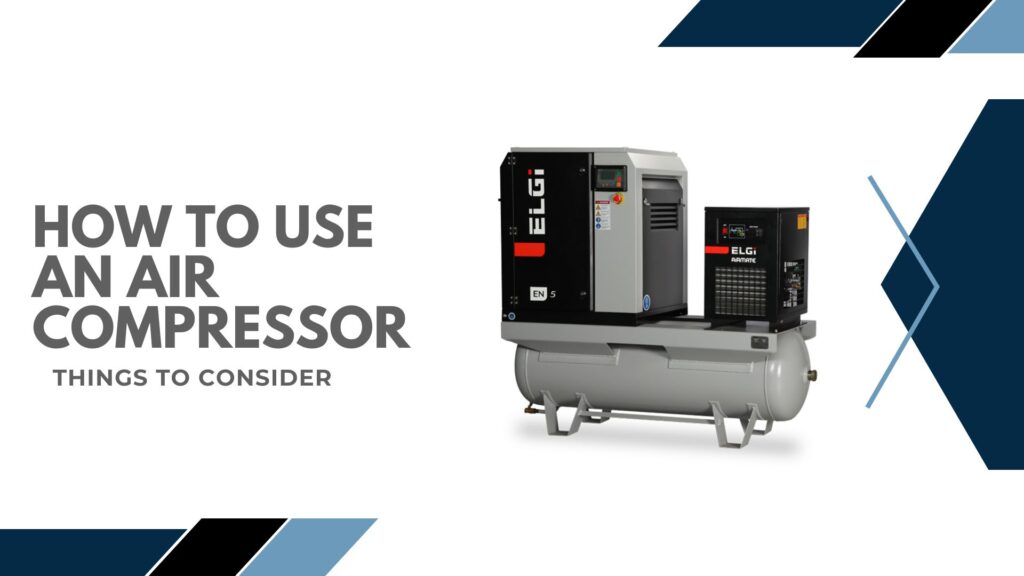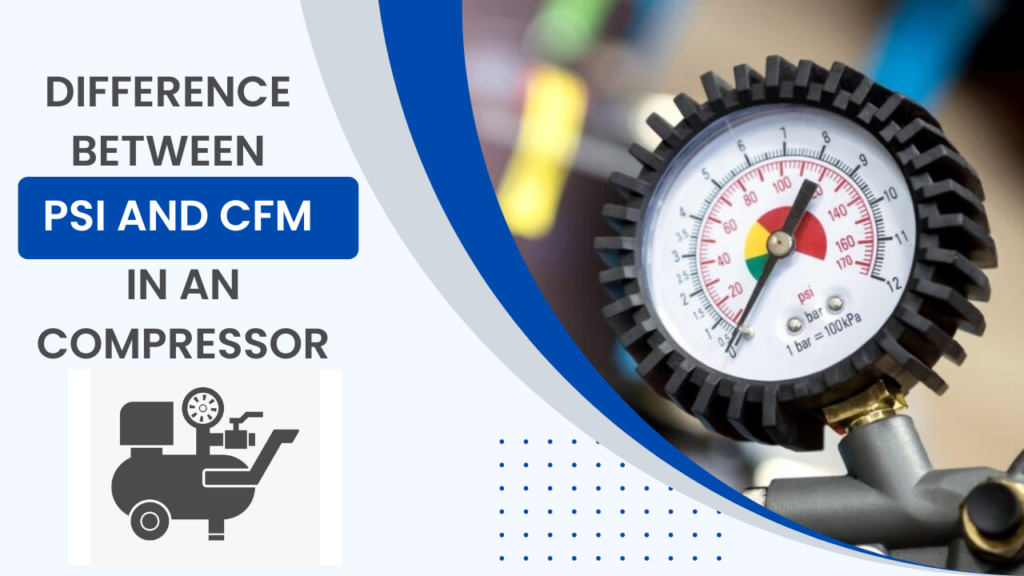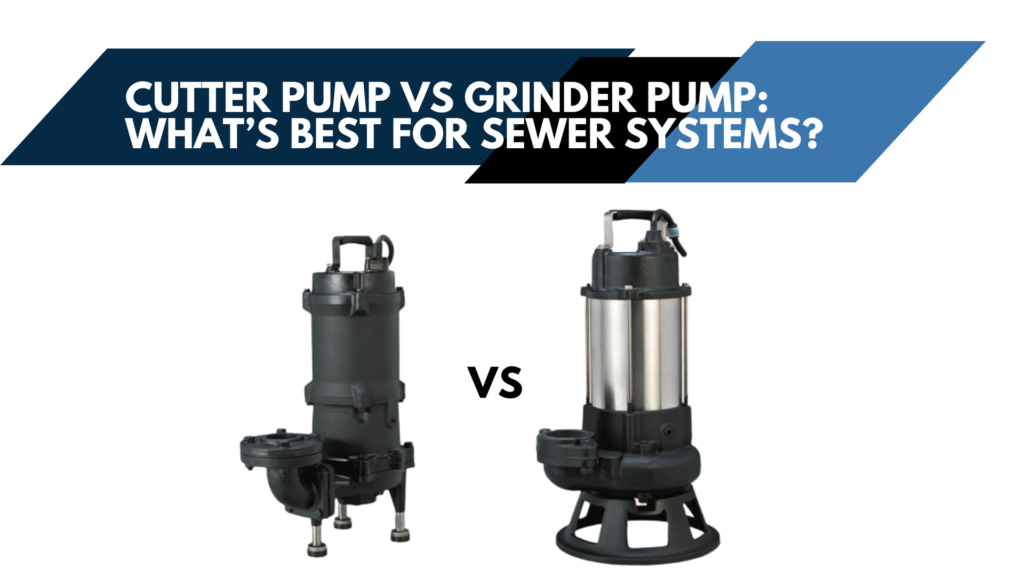
Your choice of pump has to depend on the operations you want to perform with it. Today, there is a wide range of options available, each pump suited for the right kind of task. When it comes to sewage pumps, two options that clearly stand out are cutter pumps and grinder pumps. Both essentially perform the same function of cutting down solid or semi-solid waste to prevent clogging. Only the technique differs. In this blog, we take you through the various aspects of both these options you need to consider before choosing it for your facility.
Clogging problems in sewage treatment
Flushable products like wet wipes, toilet paper, and scrub pads are offering a great deal of convenience to consumers these days. However, these also pose serious problems to city drainage systems as they lead to severe clogging. This can be extremely difficult to handle and can lead to an enormous amount of expenses for the repair and restoration of the drains.
Centrifugal pumps are unable to deal with this flushable material as they are designed with a rotating impeller. This has critical tolerance which makes it extremely difficult for solids to pass through. Thus, old rags, ropes, clothes, and cans can get stuck in the drains. As flushable products are fast becoming a part of our urban life, cutter or grinder pumps have also become indispensable.
Cutter pumps
These use a sharp cutting blade made of tungsten carbide that is attached to the impeller and cuts down solid or semi-solid sewage into smaller pieces of nearly 25 mm each. They can deal pretty well with rags, toilet paper, plastics, and cleaning products, thus preventing clogging of your drainage.
Grinder pumps
As opposed to cutter pumps, grinder pumps follow the mechanism of grinding the waste. A blade rotates inside a cutting ring that has multiple teeth. This way, solid or fibrous matter is ground down to finer pieces that can then be easily discharged out of the drains. These pumps can typically handle larger and more diverse materials as compared to the cutter pumps.
Cutter pumps vs Grinder pumps
| These are energy efficient and low-cost | These are expensive and less energy-efficient |
| These can deal with smaller sewage | These can cut down larger pieces and more diverse material |
| These are suitable for industrial operations as well as municipal use | These are best suited for large industrial purposes where sewage may be tougher and more voluminous |
| These have a wider head and flow | These have a narrower head and flow |
| Oil and grease can pose some difficulties | These consume too much energy and may require screening of solids |
The best choice to deal with clogging is Kirloskar’s CWC cutter pump. It is a robust, multipurpose pump that is well-suited for industrial and municipal purposes. Kirloskar cutter pump is also highly energy efficient and causes a minimum environmental impact. The maintenance is easy and highly inexpensive.
For more information on pumps for sewage treatment, get in touch with us at 022 43436655 or email us at marketing@vemc.co.in. VEMC is an authorised Kirloskar pump distributor with a rich industry experience of over 72 years.


